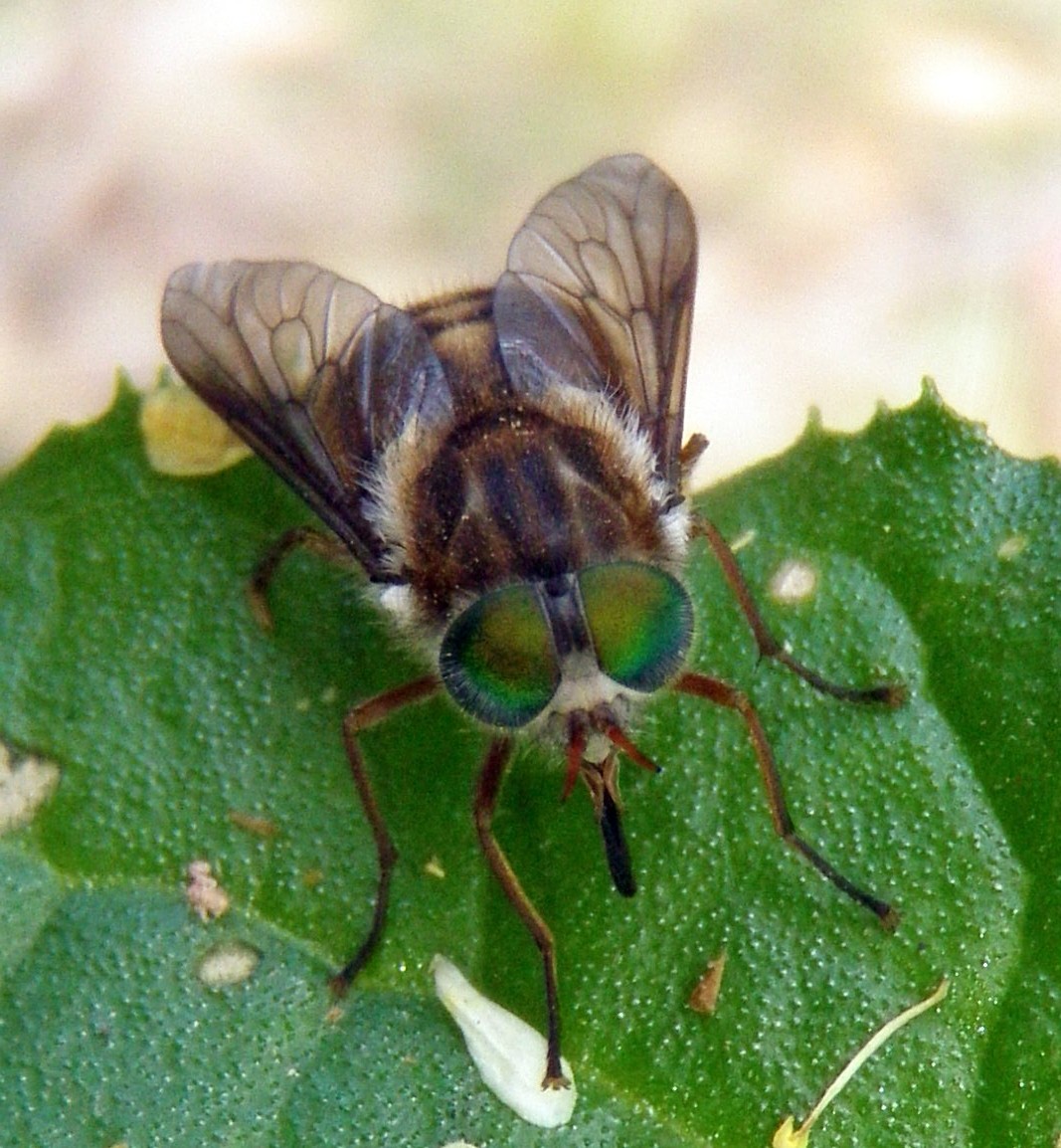
Let’s fly into the quiz!
It’s time to exercise your mind and get physical…we mean quiz-ical! Our March blogs are jam-packed with educational and thought-provoking science news. So, why not challenge yourself with our science quiz questions?
These are challenging times we’re all going through right now. Being in isolation can be tough so now is the perfect time to distract you from your daily.
So get your game face on people! Ready, set and go, let’s get quiz-ical! No cheating!
March science quiz questions
Well done! You’re a certified genius! Nice try. You better brush up on your science news next month. Our researchers found blue-grey shading on termite mounds may reveal the presence of base metals underground. Find out how. Recent studies in front of the Getz glacier in West Antarctica have revealed more than we’ve ever known about how warm ocean currents make their way to the ice sheet. And, how are floating ice walls protecting the Antarctic ice sheet? The moths are attracted to the lights and the bright yellow colours of the bank. In fact, researchers use yellow coloured sticky traps to catch moths and other insects for research. But why were there so many moths? We capture the data at the Cape Grim Baseline Air Pollution Station in Tasmania. This location is bathed in some of the cleanest air in the world. You can now see the latest atmospheric concentrations data from Cape Grim on Twitter. Coconut oil is hyped up as a superfood. But coconut oil is high in one kind of saturated fatty acid (AKA the building blocks of saturated fats) – lauric acid. See what other ‘superfoods’ are actually super myths. Our RNAi technology is used in research and biotechnology labs around the world to develop crop varieties resistant to disease. It helped save the papaya industry in Hawaii from the devastating Papaya Ringspot Virus Disease. What else is it used for? Things can be very disruptive if you and your family are out of routine. Keeping your routine and building healthy tasks into it, can help create a sense of normality and help you build resilience in uncertain times. Check out our other tips for self isolation. If you’re infected with a virus, progeny virions are released through host body fluids and can be transmitted directly like a spray can through coughing and sneezing. It can also spread indirectly through touching surfaces contaminated with these fluids. Read more about how a virus like COVID-19 spreads. Sunflowers aren’t just cheery ornamental blooms. We’re using them to research how cotton farmers can use beneficial insects to better control pests and limit their use of harsh insecticides. Check out how. There are trillions of pieces of plastic in and on our oceans and beaches. Yes trillions! So, where does all the plastic pollution go?
Results
#1. In what strange location were hidden metals seen above ground?
#2. Where would you find the Getz glacier?
#3. Why did moths flock to a Queensland bank?
#4. Where is our Cape Grim Baseline Air Pollution Station located, where we measure CO2 levels?
#5. Which oil is extremely energy-dense and has 740 kJ in one tablespoon?
#6. What has saved the papaya from the Papaya Ringspot Virus Disease?
#7. Why is it a good idea to set yourself daily tasks during isolation?
#8. How are progeny virions like COVID-19 spread?
#9. How are sunflowers helping our researchers investigate insect resistance in cotton?
#10. Lots of plastic ends up in our oceans and on our beaches. Can you guess how many pieces?
What’s your score? We want to know how good your memory is and how well you did in our quiz!
And, we’d like to know what you want to read about to break the boredom. We’re here for you. We got you boo. *insert heart emoji*





31st March 2020 at 1:15 pm
Great way to have a break from doing work things, without turning my brain off. ??
31st March 2020 at 11:50 am
Great quiz! Made me think about things other than being locked inside. ??????
31st March 2020 at 11:00 am
Excellent quize
31st March 2020 at 10:59 am
Great quiz, now much wiser
31st March 2020 at 10:00 am
An interesting interlude.
I would like to see an article outlining what each CSIRO section is currently involved with as we the public have no idea of the operational breadth nor internal capabilities / expertise.